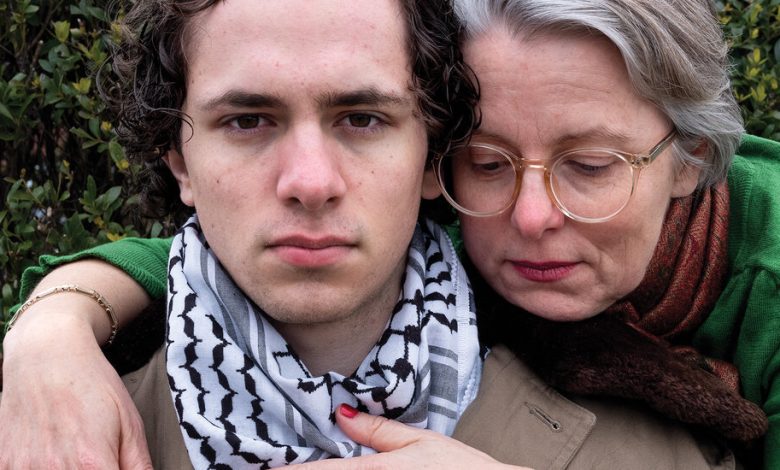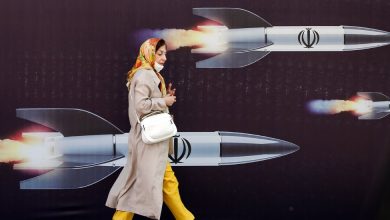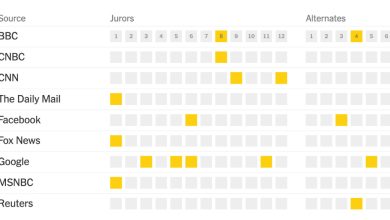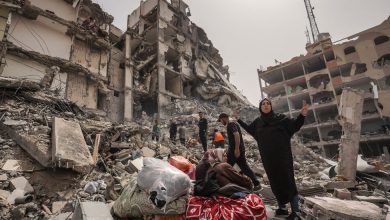Raised in the West Bank, Shot in Vermont

Kinnan Abdalhamid lived in the United States until he was 2, when his mother, Tamara Tamimi, made her big move to the West Bank. That was where her parents were born, and for her, the idea of a Palestinian home had become a lodestar. In 1988, when she was 15 and protesters had taken to the streets to challenge Israeli occupation in what would become known as the first intifada, she told a local news reporter in Northern California, where she lived at the time, that if she were there, she, too, would be throwing stones at the tanks. “I would feel obligated,” she said. The news segment portrayed Tamara as being “caught between two worlds” — an American one, in which she rehearsed “Bye Bye Birdie” at school, and a Palestinian one, in which she spoke Arabic and struggled to reach relatives back home. She finally moved to the West Bank in 2005, as the region teetered on a precarious peace. She and her husband wanted to raise their child in a world where he could have a community that wasn’t possible in America.
Listen to this article, read by Rasha Zamamiri
Open this article in the New York Times Audio app on iOS.
In Ramallah, Kinnan met Hisham, a slight boy with light hair who was also born in the United States. Hisham’s mother, Elizabeth Price, first visited the West Bank from Boston in 1994 to research her undergraduate thesis in anthropology; she fell in love, first with Palestine and then with a Palestinian man named Ali Awartani. Soon, the two families were scheduling play dates and spending holidays together. The boys became inseparable.
When it came time to start school, they enrolled in Ramallah Friends School, a private Quaker institution in the north of a city that had become the de facto capital of the West Bank. The literacy rate in the Palestinian territories is among the highest in the world — more than 97 percent — but even in this milieu, Ramallah Friends shined. Founded in 1869 for girls in nearby villages, it had withstood multiple cycles of conflict, periodically serving as a hospital and a refugee center, to become the only international baccalaureate program in the West Bank. Beyond practicing the Quaker tradition of silent reflection, the school was largely nondenominational. It was not uncommon for graduates to attend college abroad and then perhaps work to improve the deteriorating political situation at home: The open landscape outside Ramallah was shrinking as an Israeli settlement visible from campus expanded.
It was at school, one day in the third grade, that Hisham and Kinnan met a shy kid on the playground, Tahseen Aliahmad. Tahseen’s mother was from Gaza, and his father was from the West Bank, where he was born as well. He had never traveled to the United States, as Hisham and Kinnan did. But none of this mattered to the boys. “We just kind of picked each other,” Tahseen recalled.




